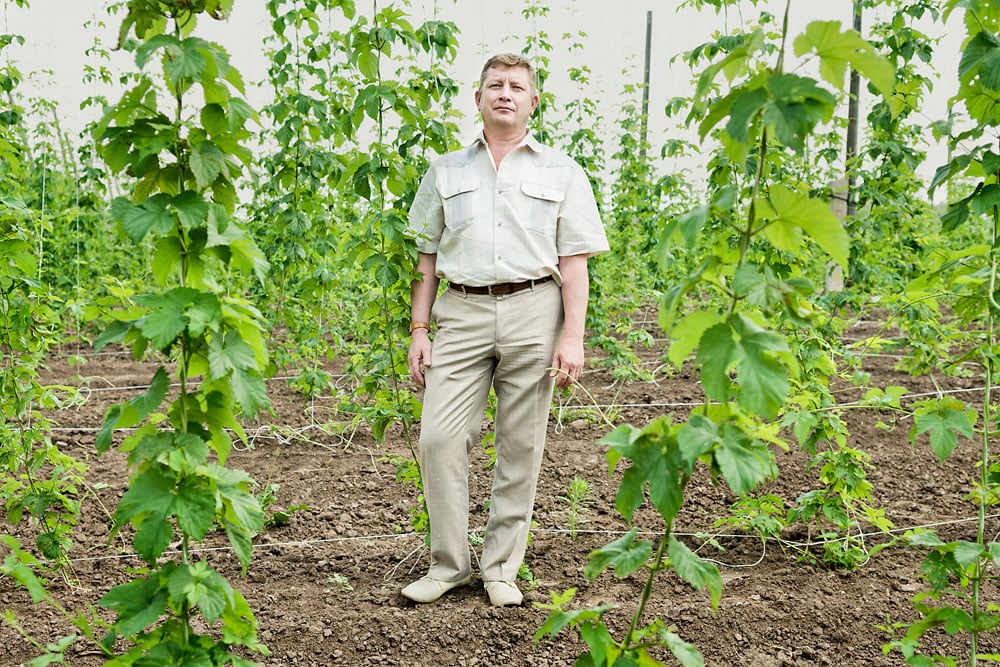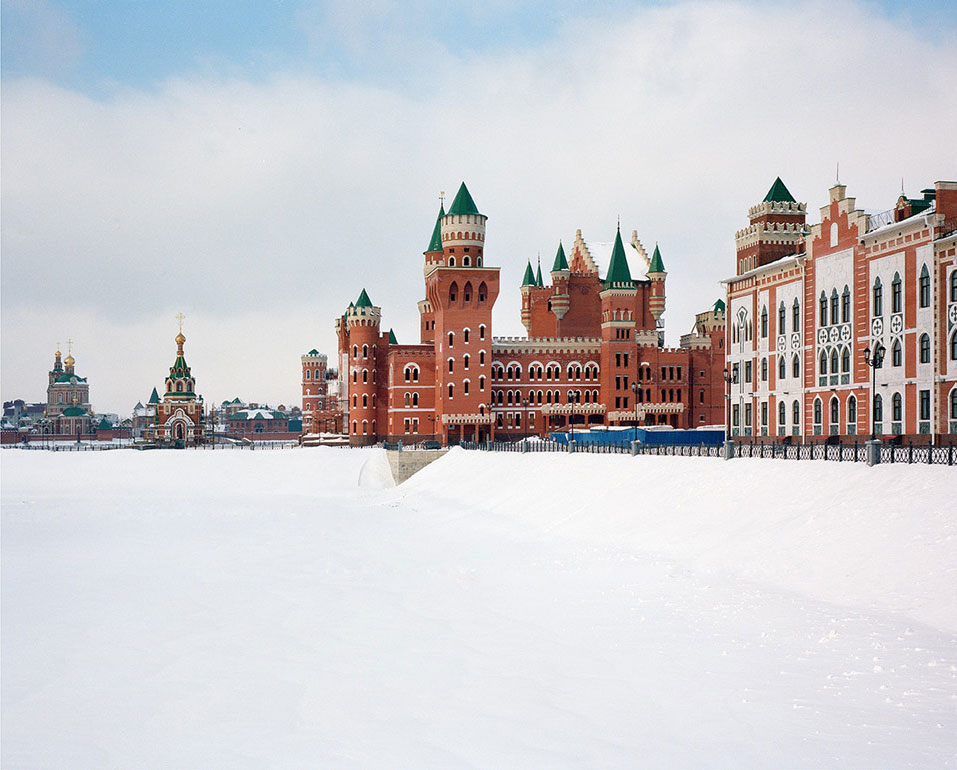Letter From Yoshkar-Ola: a bizarre European fairytale in the middle of provincial Russia
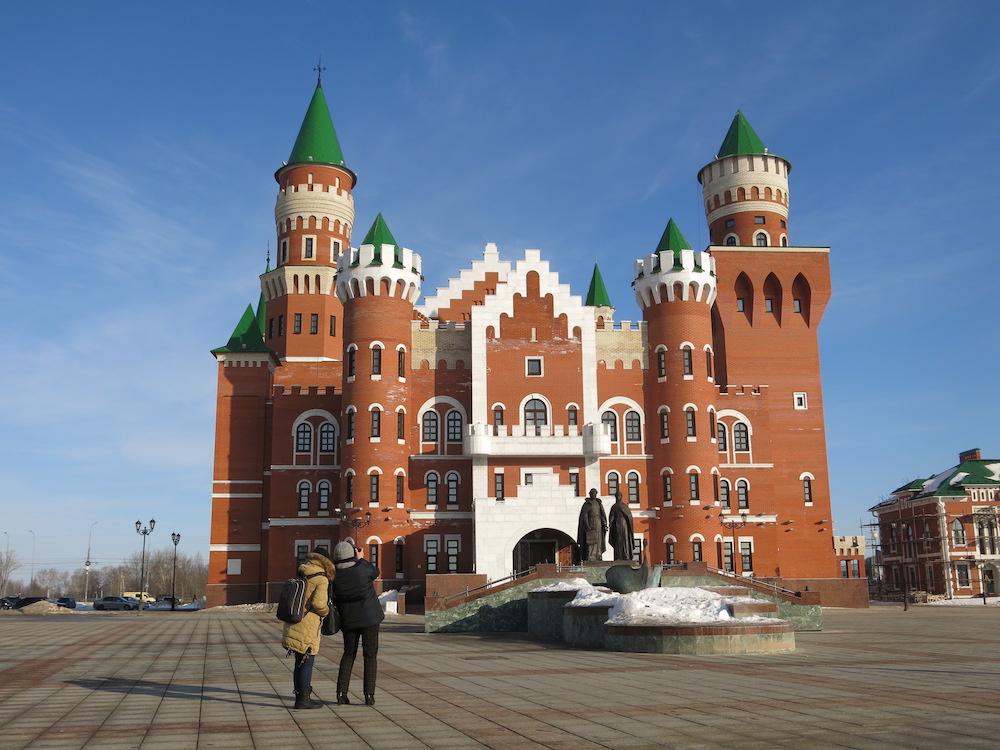
When Jonathan Campion boarded a train to Yoshkar-Ola, the capital of the Russian republic of Mari El, he was expecting pagans and provincial neglect. What he found instead was a brand-new replica of the Bruges embankment
There wasn’t any special reason for choosing Yoshkar-Ola. I’m not sure I had even heard of it before. I just wanted to get as far east as possible on the train. I only had a couple of free days in the middle of a work trip to Moscow, but was desperate to step into the unseen, detached, neglected Russia. It sounded like I had found just the place.
At 7am the streets of Yoshkar-Ola were dark and empty. As I shuffled over dirty snow and treacherous black ice, the only sound was the bickering of ravens overhead. The shops on ulitsa Kremlyovskaya – Apteka No. 67; Evroset; Moda 21 vek – told me that I had arrived in provincial Russia. Except that ul. Kremlyovskaya is also Kreml urem: street signs and building plaques are written in Russian and Meadow Mari, the most widely spoken of the four Mari dialects.
I made a beeline for the peculiar buildings in the distance. Over a footbridge across the frozen and snowed-over Kokshaga river was an expansive paved courtyard: Patriarch’s Square. One building has high red walls and six white turrets, each with a pointed green top. It looks like a castle from a European fairy tale. It seems brand new, put up in the last five years, but the paint is smudged. The other building is painted in thin horizontal stripes, like a telnyashka vest, only red and creamy yellow. Its tallest turret is a clock tower shaped like a rook on a chess board. Between the two outlandish red buildings there is a small Orthodox chapel with a single golden dome. The whole courtyard is striking. In four years in the former Soviet Union I had never seen architecture so jagged, so contrary, and so hard to place, as this first glimpse of Mari El.
The left bank is called Naberezhnaya Bryugge – the Bruges Embankment. True to its name, the row of 20 houses, painted pastel red, silver, blue or yellow and with large bay windows looking on to the river, is copied exactly from the town in Belgium. The street is gorgeous, fit for nobility; surely the most desirable address in the whole of Mari El. The only difference between the two settings is that while the Belgian Bruges is rustic and timeless, its Yoshkar-Ola replica is made with breezeblocks. My boots echoed on the tiles. The rooms behind the beautiful facades were all completely empty. It felt like walking through a film set.
Across the footbridge the church isn’t finished yet: its gate was padlocked shut and the entrance covered by tatty blue tarpaulin. The church is the same shade of red as every other stand-alone building in Yoshkar-Ola; the new buildings must be faithful to what stood here before them (Yoshkar-Ola means “red city” in Mari, and its Soviet name was Krasnokokshaisk). But most of them are still under construction, half of their lightweight red blocks lying in heaps on the ground.
Where is one of Russia’s nondescript republics getting the money for jagged castles, faux-Flemish pads and new churches?
Back on Patriarch’s Square the town had woken up. Ice fishermen were taking the stone steps down onto the river, and women were taking their grandchildren into the castle. Everyone spoke in Russian, but didn’t really seem Russian: their clothes were too casual, their faces not Slavic enough. I was completely disoriented. As Russia buckles under more economic misery, where is one of its nondescript republics getting the money for jagged castles, faux-Flemish pads and new churches? I was sure I didn’t want to know. But in any case, why go to the trouble, when the place is so empty it echoes, and no-one even knows where it is? Where is the Mari culture? Where are the pagans? I made the lap again, looking closely this time, to make some sense of Yoshkar-Ola.
The smudged castle is actually a puppet theatre — the children were going to a Saturday matinee. The striped building with the clock tower turned out to be a radio station and a supermarket. The supermarket is exquisite, with a delicatessen, bespoke pizza counter and a coffee-making station in the middle. The warmth deflated me. It was a photo of this outlandish red building that convinced me to come to isolated, unknown Mari El; to brave provincial Russia’s discomfort, and revel in the otherness of it all. And here I was, inside it: waiting for the last drops of my latte as Cher’s “Believe” played on the radio.
Then it all made sense. Yoshkar-Ola is only isolated if you’re an outsider, counting the hours outwards from Moscow. If you live here it’s only 100 miles to Kazan, the ancient Tatar town which has had a growth spurt in the last decade to become Russia’s third city. No wonder people seem to have all they need in a place where Moscow is nowhere to be seen.
Yoshkarolintsy speak with gentle voices: sound travels a long way in such an open, quiet space
Yoshkarolintsy speak with gentle voices: sound travels a long way in such an open, quiet space. Instead of dressing to the nines like Muscovites, teenagers swaddle themselves in baggy ski clothes. Middle-aged ladies even put on ski boots to glide along the embankments, and carry cross-country ski poles for balance. Every once in a while I would hear Mari spoken. There were no foreigners; the only non-Mari, maybe one in ten people, were from the neighbouring Ural republics: Chuvashia to the west, Tatarstan to the south and Bashkortostan to the east.
Outside the central rectangle I found Bulvar Chavain, an avenue an hour’s shuffle from one end to the other. The cream-coloured flats are much too new and too generous to be Soviet. Families were walking together towards the river, past the statue of the Mari writer Sergei Chavain. Some of the children were going tobogganing, pulling inflatable rings behind them. Next to the boulevard, the bright white dome with deep blue window panels could be an airport terminal, or a space station, but is actually Arena Mari El, the republic’s brand-new sports centre. In its futuristic shadow is ulitsa Naberezhnaya, a pretty one-street village of pistachio-green wooden cottages, up to their windowsills in snow, where nothing could have changed since the Tsars.
Mari El was the first place in the former Soviet Union where I had seen statues to people who have nothing to do with the Russian-speaking world
Outside the theatre is a statue of a couple, their hands almost touching. The husband is holding a scroll that begins: “Men, love your wives”; his partner’s left hand is placed over her heart. They are Pyotr and Fevroniya of Murom, characters from a 15th century Russian folk tale, who have been revived recently to symbolise the importance of family. Yoshkar-Ola’s statues are a sign that Mari El has a mind of its own. It was the first place in the former Soviet Union where I had seen statues to people who have nothing to do with the Russian-speaking world. So, between Empress Elizaveta Petrovna and Alexander Pushkin is a sculpture of the Hollywood actress Grace Kelly and her husband Prince Rainier III of Monaco. Across the river sits Lorenzo de’ Medici, the sponsor of Michelangelo and other Renaissance artists.
A statue in Park Kultury commemorates the dozens of Mari men who were killed during wars in Dagestan. Unusually, rather than talk bitterly about the place where they died, Yoshkar-Ola is instead cultivating an affinity with the North Caucasus. The town’s only distance marker shows the kilometres not to Moscow, but to Derbent. The supermarket on Patriarch’s Square stocks rasping Dagestani brandies, and behind it is a shop “Gifts of the Caucasus” offering sweets and dried fruits.
I had been outside for most of the day: it’s hard to find a door in Yoshkar-Ola that opens. In the puppet theatre a fair-haired, middle-aged lady ushered me inside and took my coat. It was my first encounter with a Mari — and my first chance to ask the questions that had filled my head all morning. She told me that Mari culture has all but disappeared from Yoshkar-Ola, save the statue of Chavain. But the republic’s villages are keeping paganism alive. Several times a year the Mari gather in sacred forests throughout Mari El to observe ancient pagan rituals. At these festivals they tie coloured rags to trees to form an altar, offer special food to their priests in return for blessings and guidance, and sacrifice sheep and geese to the gods of nature.
The lady took me by the arm into the theatre hall, where a performance of Masha and the Bear was coming to an end. The artists were Mari, but the play was unmistakably Russian. Only in Russia could a puppet show for six year-olds, where I had missed the whole story, bring me close to tears. The lady found me again in the foyer. Yoshkar-Ola’s esoteric buildings came about, she explained, because every time the head of Mari El Republic returns from visits to Europe he brings back the places that inspire him as presents for his people. No, that couldn’t be it. There will be a less flattering truth to Yoshkar-Ola’s breezeblock renaissance. But if the fairy tale facades hide the usual Russian realities, there is still something very genuine about the people who walk past them.
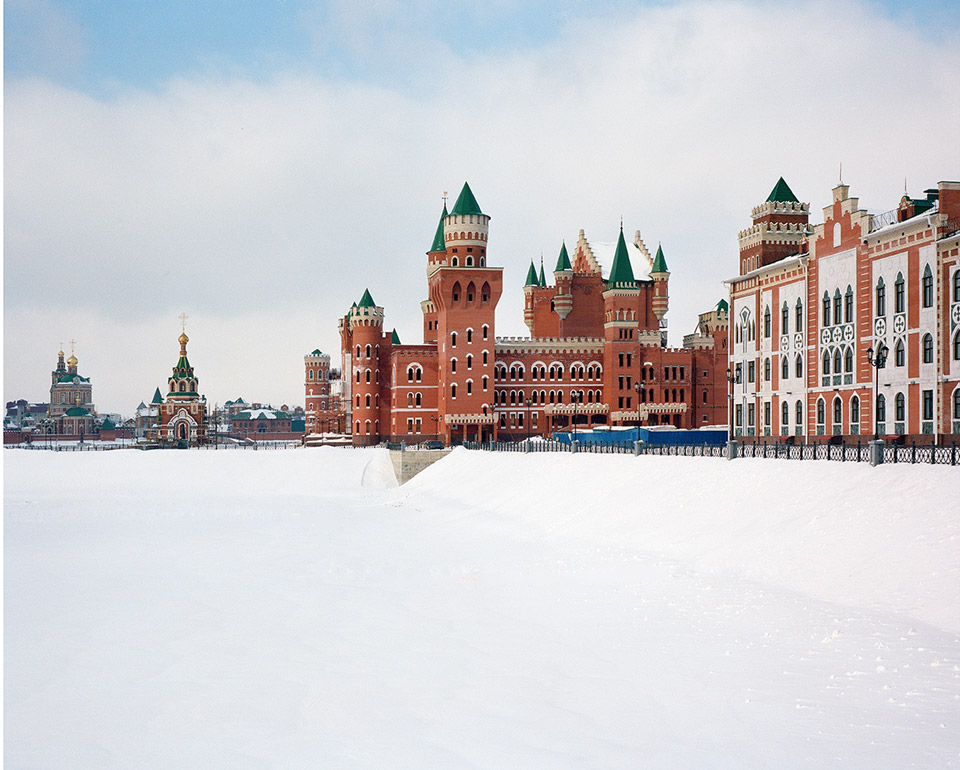 Triumph Gallery">
Triumph Gallery">
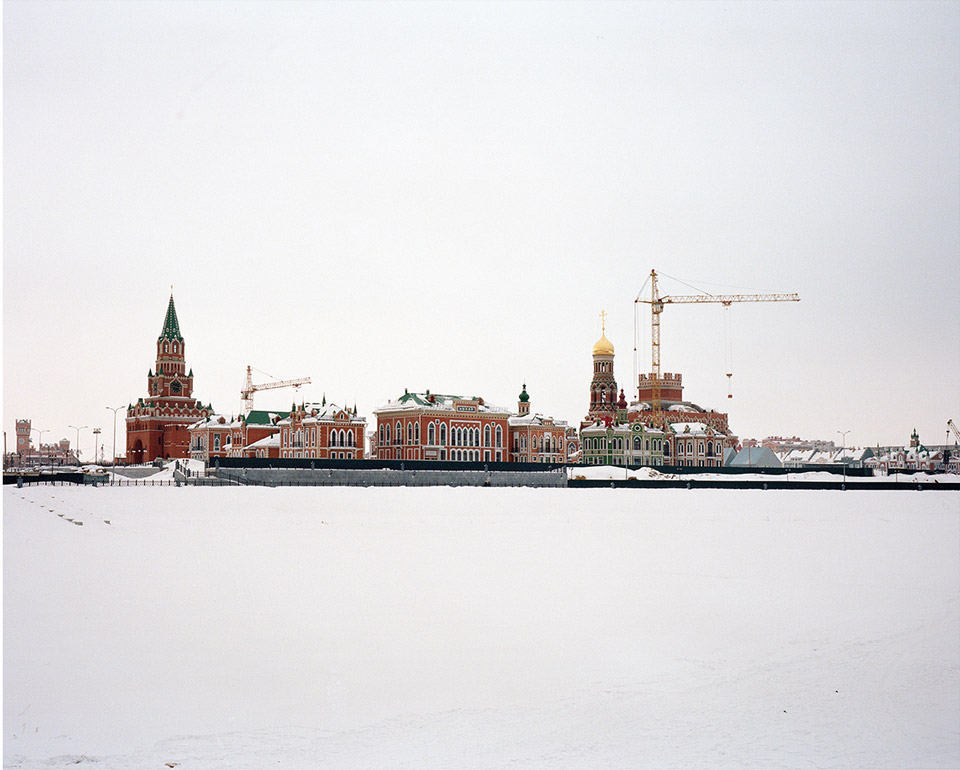 Triumph Gallery">
Triumph Gallery">
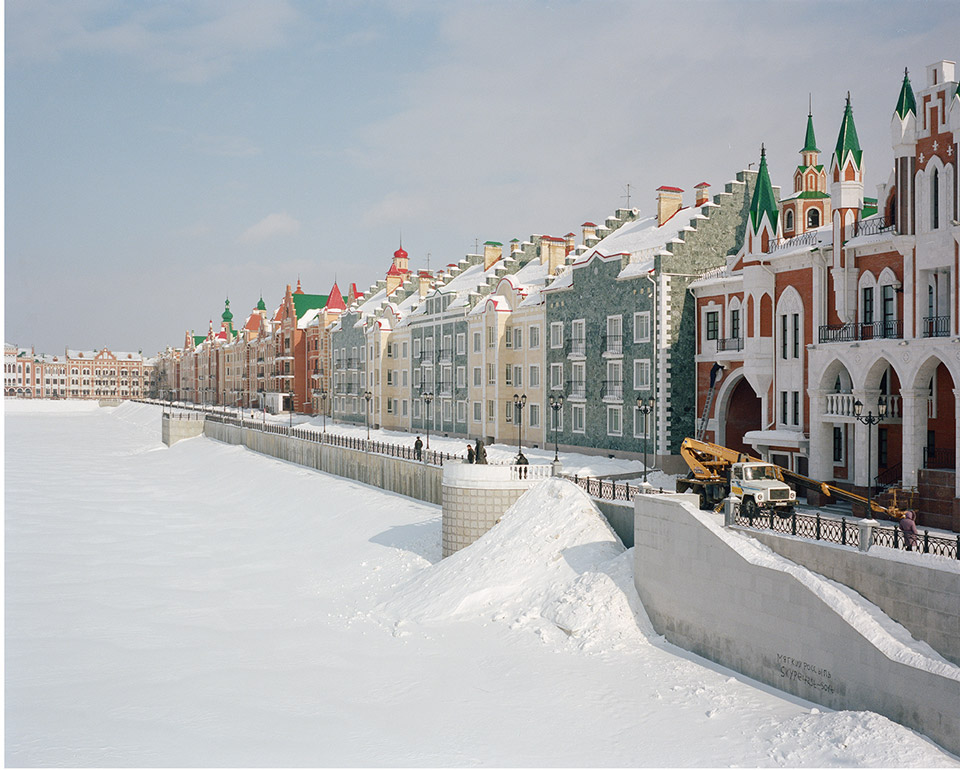 Triumph Gallery">
Triumph Gallery">
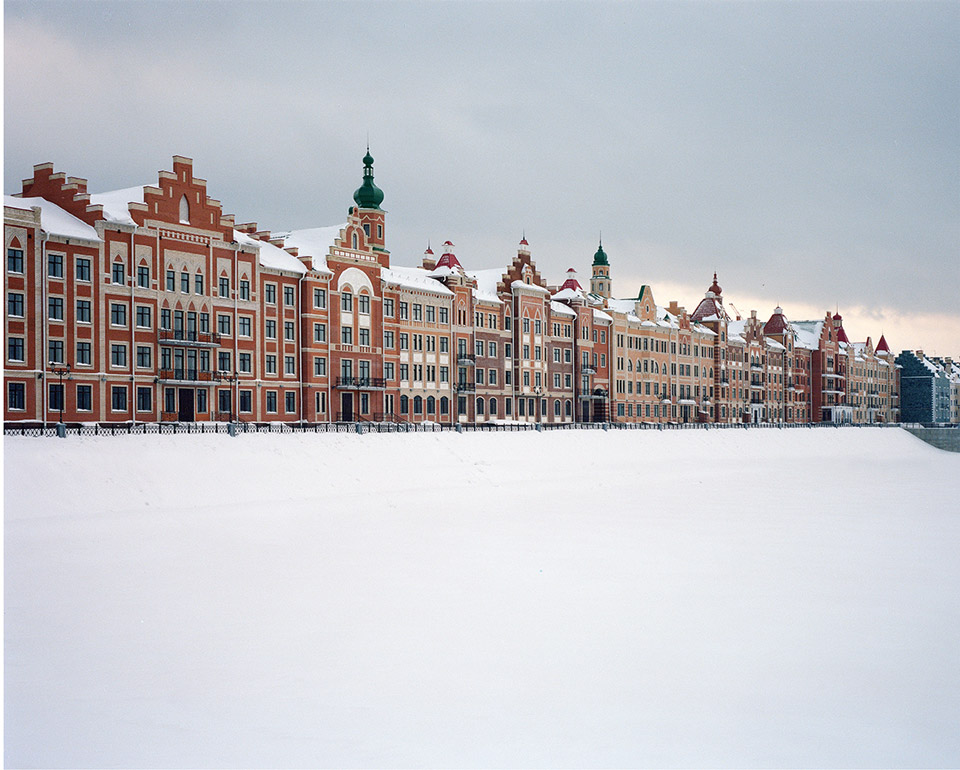 Triumph Gallery">
Triumph Gallery">

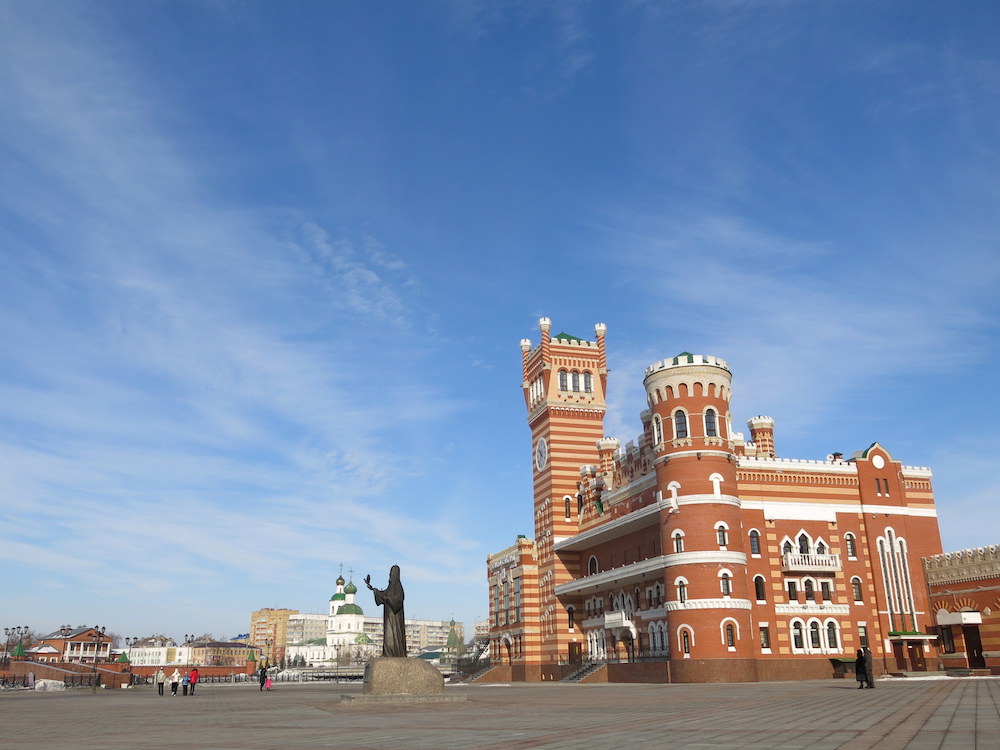
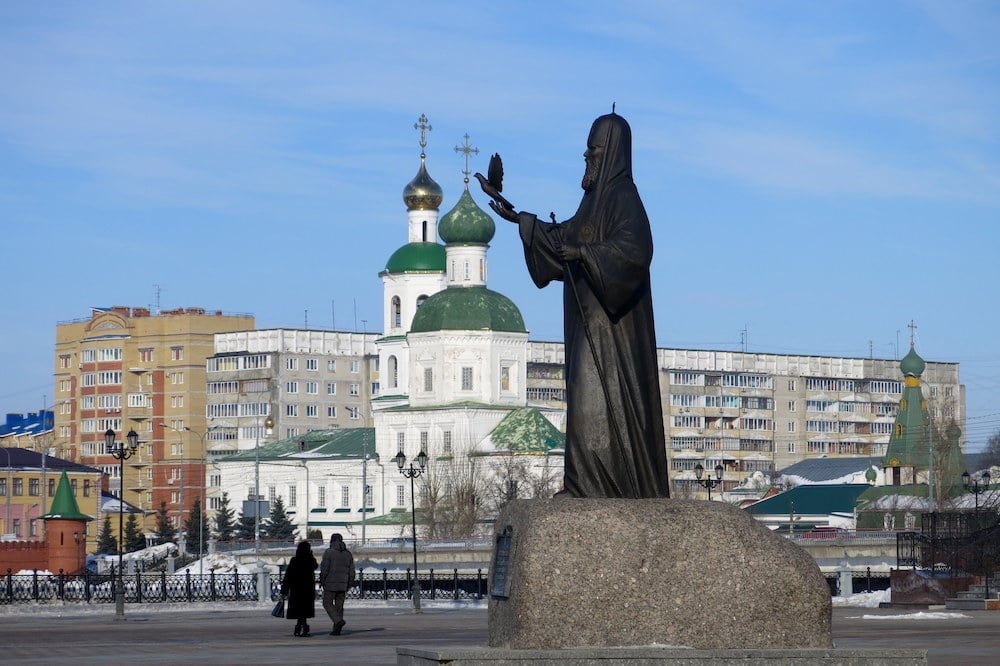
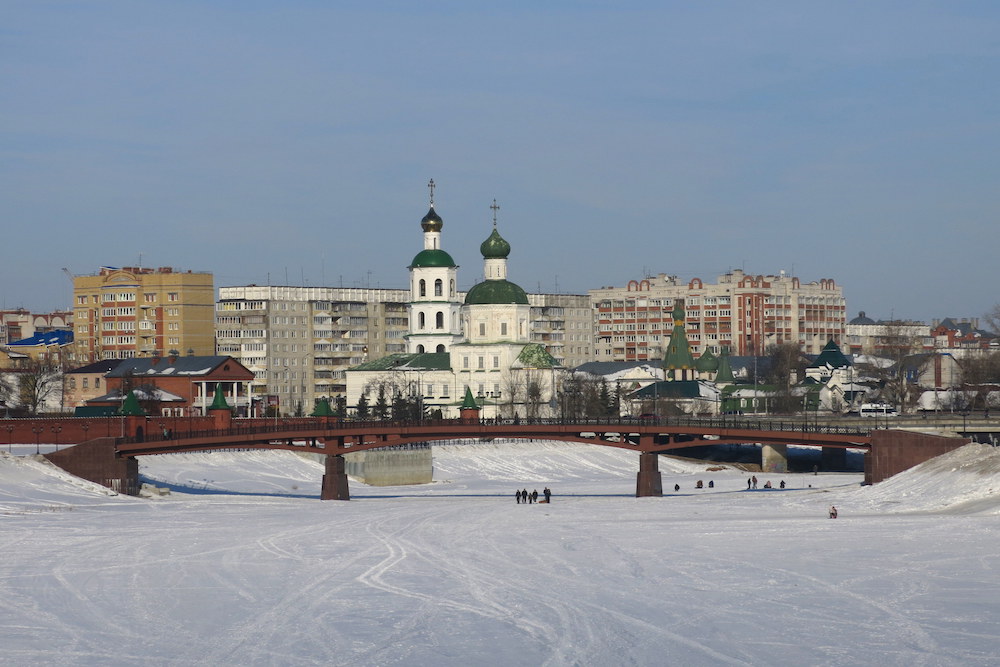
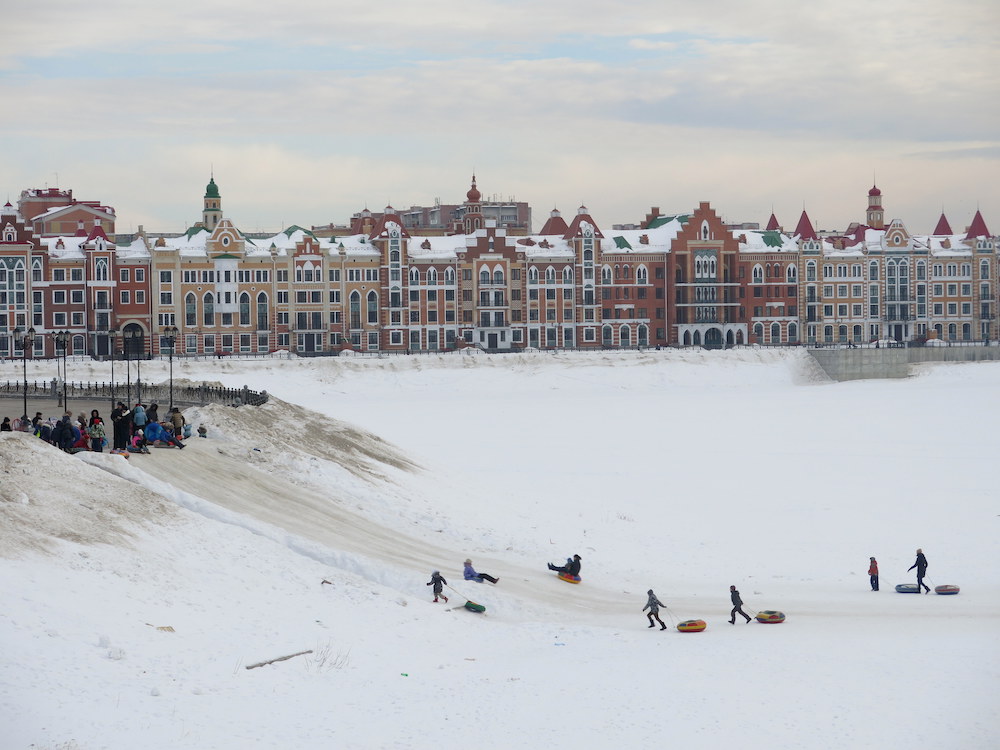
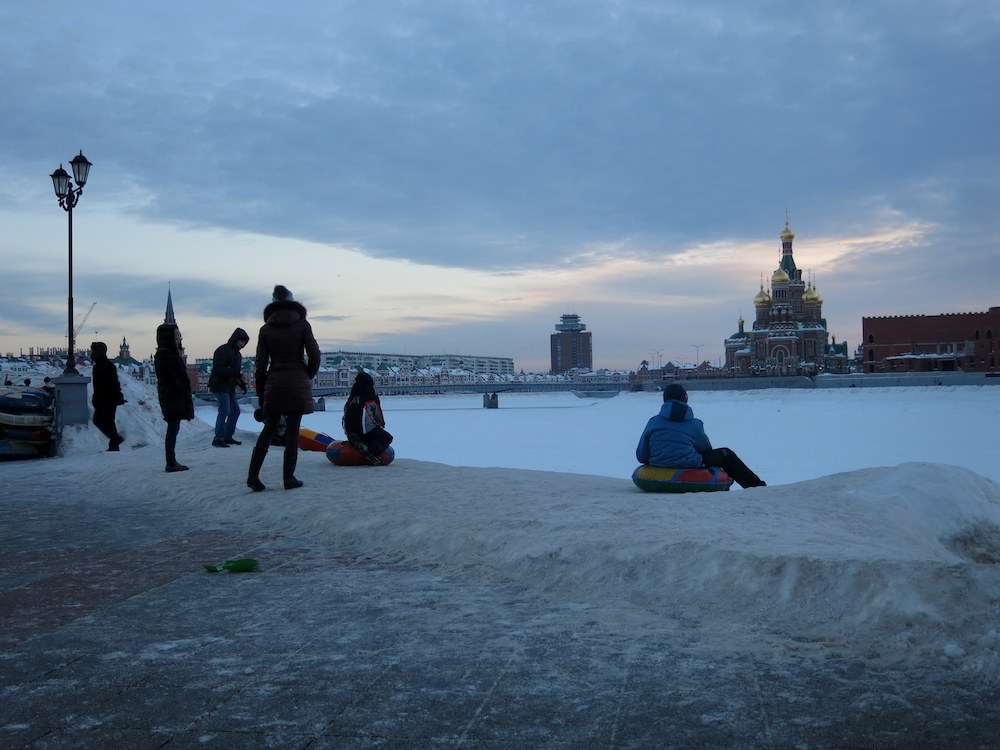
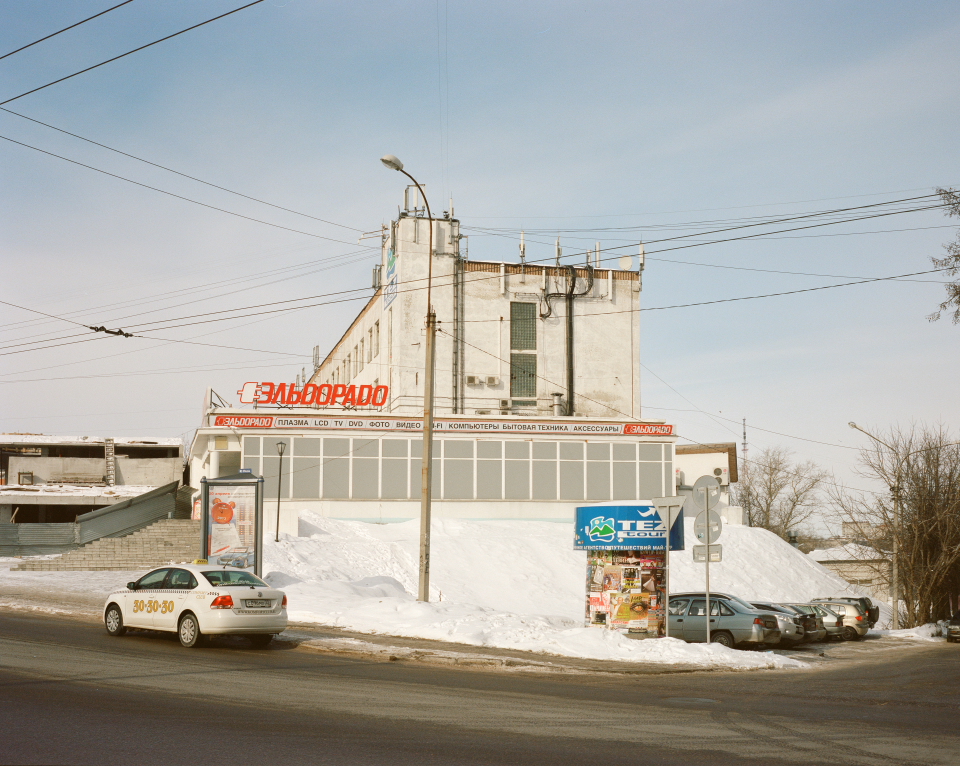 Triumph Gallery">
Triumph Gallery">
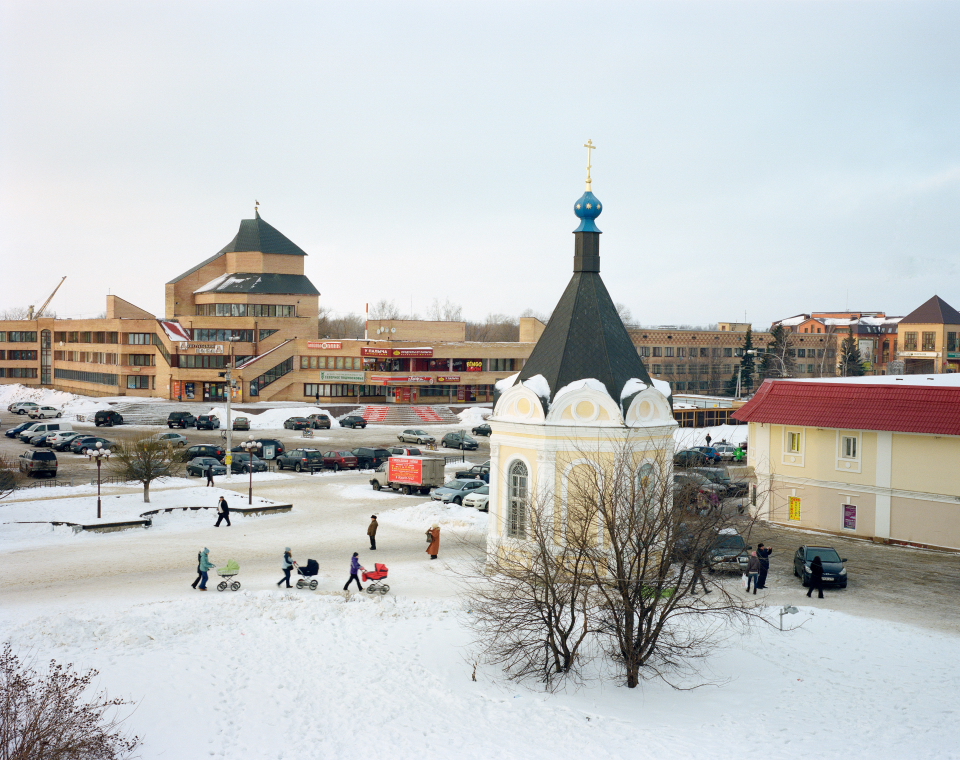 Triumph Gallery">
Triumph Gallery">
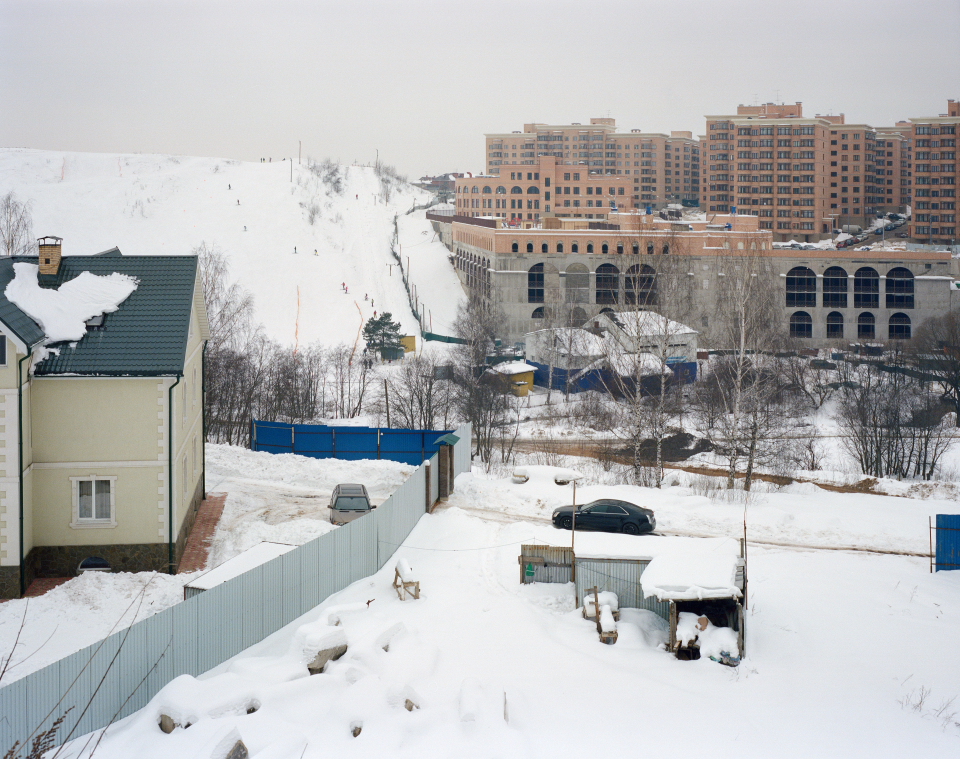 Triumph Gallery">
Triumph Gallery">
